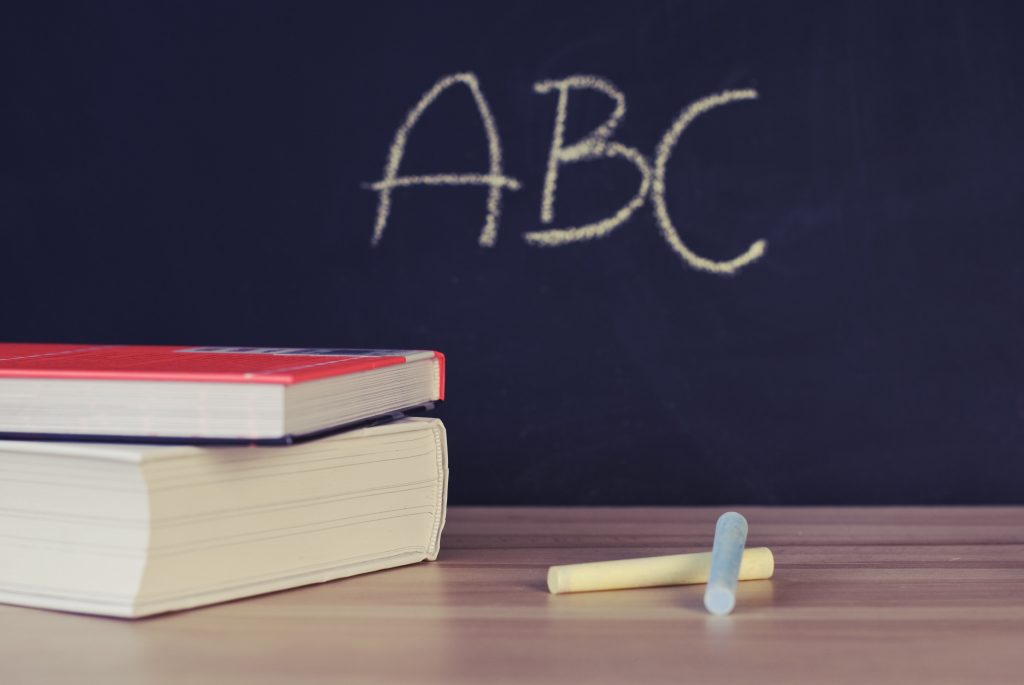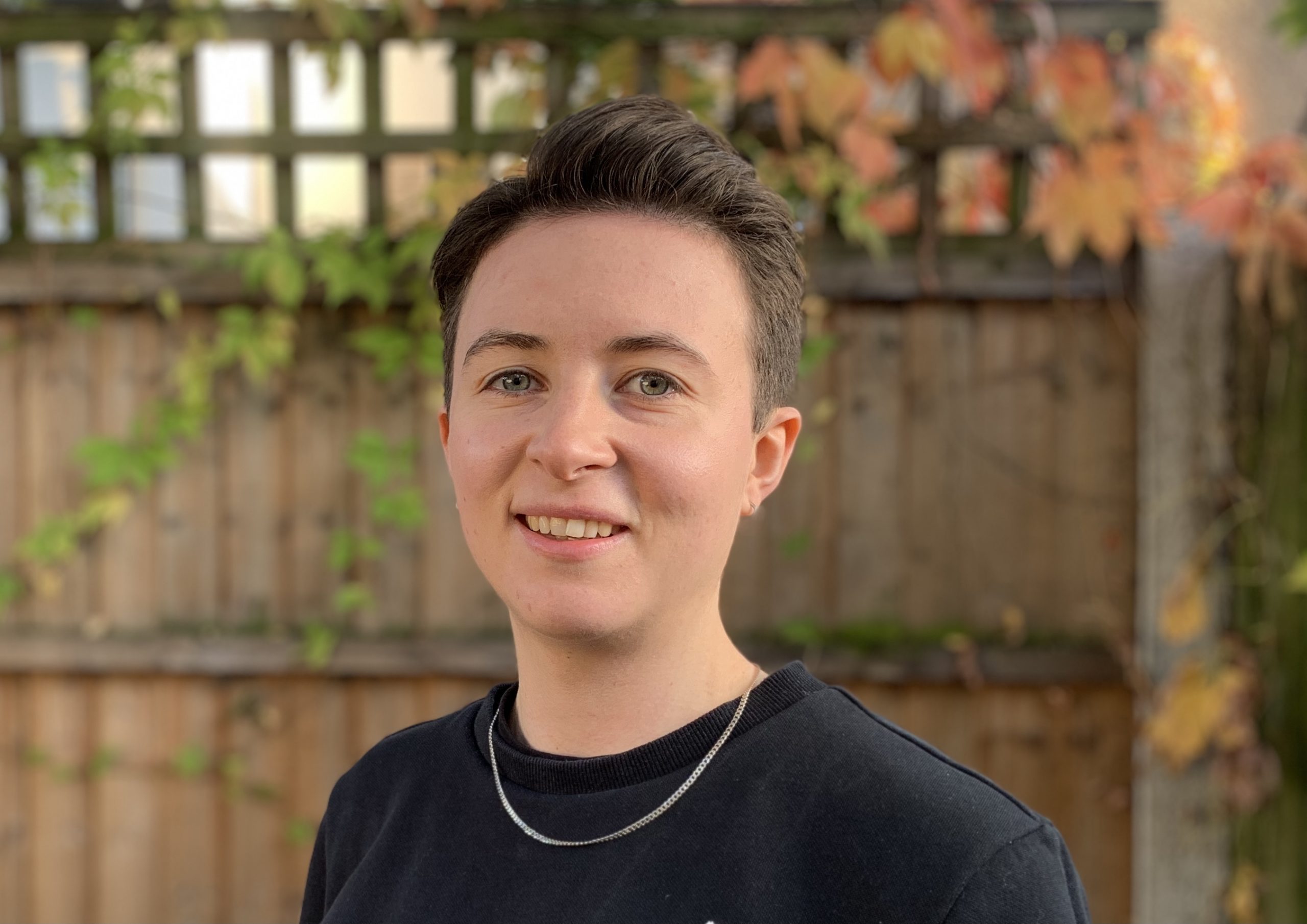Tens of thousands of students – including one in three pupils in contact with the social care system – were removed from secondary schools in England with no explanation over the course of a decade, according to new research.
A report by think tank Education Policy Institute (EPI) found that in one national cohort alone – accounting for all secondary students starting year 7 in 2012 and leaving in year 11 in 2017 – some 49,100 pupils were taken out of school.
The data, published on 18 April, seeks to provide a comprehensive estimate on the potential size of so-called “off-rolling” in secondary education nationally, where schools informally remove pupils.
For the first time, the data takes into account students taken off the school rolls for family reasons, including moving them to a higher-performing school or moving house, meaning it is more likely that the remaining students were removed to boost GCSE results, relieve school budgets, or for other reasons.
The publication tracked pupil exits for three separate age groups, or cohorts, during their whole time through secondary education, from year seven to year 11.
It found that 44,300 pupils in the 2009–2014 cohort, and 46,800 in the 2006-2011 cohort, left school without explanation.
Students From Vulnerable Or Minority Groups Disproportionately Affected By Unexplained Exits

Image credit: Pixabay
Overall, the report found that in the 2012-2017 cohort, one in 12 secondary school students had been pushed out of the education system.
According to EPI, the study revealed that pupils from vulnerable, disadvantaged or minority groups were removed from the school rolls at a greater rate, including about one third of pupils in social care.
One in seven students eligible for free school meals left school without explanation, and approximately 13 per cent of students from black ethnic backgrounds were taken off the school roll.
For the first time, we begin to see the full scale of this problem, having stripped away cases where family decisions have led to school moves.
Jo Hutchinson, Co-Author of the EPI Report
Nearly one quarter (24.3%) of pupils with social, emotional or mental health needs in the 2017 cohort were removed from school with no explanation. This figure rose to 25.7% for the 2006-2011 cohort.
The research concluded that a large proportion of these unexplained pupil exits came from a concentrated number of schools. Just 330 schools in England, a total of 6%, accounted for nearly a quarter (23%) of students being taken off the school rolls in the 2017 cohort.
Jo Hutchinson, author of the report, titled Unexplained pupil exits from schools: A growing problem?, said:
This research provides important evidence on unexplained pupil exits in the school system, following reports of children being removed by schools for reasons that are not in the pupil’s best interests.
While the government record the number of official school exclusions, the phenomenon of students being taken off the school rolls unofficially is not consistently regulated or recorded.
Right to education is a human right

Image credit: Pexels
The right to an education is recognised as a human right by a number of international conventions, including in Articles 13 and 14 the International Covenant on Economic, Social and Cultural Rights, which the United Kingdom signed up to in 1976.
It is also reflected in international law under Article 26 of the Universal Declaration of Human Rights.
Article two in the First Protocol to the European Convention on Human Rights (ECHR), which protects human rights in Europe, further underpins the right to education, stating: “No person shall be denied the right to education.” And, in 2011, the European Court of Human Rights said that the rules surrounding suspensions must be reasonably clear and certain, and proportionate to the aim of the exclusion.
The EPI’s research, sponsored by National Education Union (NEU), has been published as a working paper. A consultation has been opened into the methodology used, with the feedback set to be published this summer.
In a statement to RightsInfo, a Department for Education spokesperson said: “No headteacher goes into the job to remove a pupil from school – and no headteacher takes the decision to do so lightly.
“Schools will typically have gone through a number of sanctions before exclusion is considered, taking into account the welfare of other pupils in the school.
“It is against the law to remove pupils on the basis of academic results – any school that does it is breaking the law.”
“We have written to all schools to remind them of the rules on exclusions, and [chair of the Child Safeguarding Practice Review Panel Edward Timpson is currently reviewing how schools use them and why some groups of children are more likely to be excluded from school than others.”
If you would like to give feedback on the report, page 46 of the report includes instructions on how to respond to its consultation questions.







